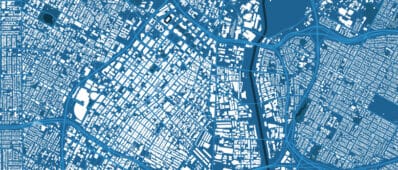Project Summary
COVID-19 has reshaped people’s mobility patterns worldwide (Arellana et al., 2020; Hensher et al., 2021; Orro et al., 2020; Park, 2020), including in the US (Brough et al., 2021; Ehsani et al., 2021; Hu and Chen, 2021; Kim and Kwan, 2021; Liu et al., 2020). Public transit and transportation network companies (TNCs) were hit particularly hard (Du and Rakha, 2020; Khatun and Saphores, 2023). For example, San Francisco experienced a staggering 94% drop in transit ridership during the lockdown (Toussaint, 2020), and an 87% drop in Uber trips in April-May 2020 compared to early 2020 (Brown and Williams, 2023).
Many public policies that aim to reduce solo driving, congestion, and vehicle emissions, and increase walking, biking, and shared mobility are based on pre-pandemic travel behaviors. However, higher levels of working from home, streaming, e-shopping, and micro-mobility options post-pandemic have changed travel behavior. How does post-pandemic household travel patterns differ from their pre-pandemic values? Do the policies and plans that aim to advance California’s mobility, environmental, and equity goals warrant review and possible amendment? The purpose of this project is to answer these questions and to analyze the potential impacts of changes in household travel on the California Transportation Plan 2050.










